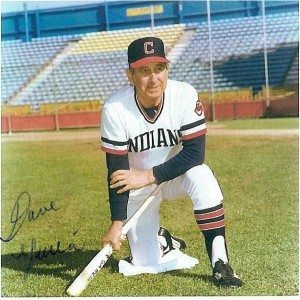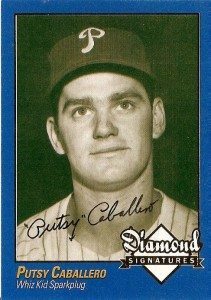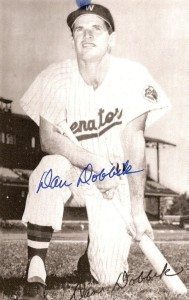I’m writing today from the fringe of the autograph collecting hobby.
I haven’t been zoned on building sets of autographed cards. I cheer the
collectors who have the patience (and postage stamps) for such a goal.
From collecting back into the 1970s, I remember hearing from an elderly
retired player. “Is this card yours? If not, please send it back.”
I admire anyone who can keep track of who sent what, getting all
the cards autographed and back to their proper homes.
What puzzled me was the taped returned. In the last month, I’ve seen
tape on the back of a half-dozen envelopes.
Theories:
1. Homeland Security is monitoring my collecting progress? Nah…
2. The retiree had switched my letter with another SASE and had to reshuffle his replies.
3. The former player wanted to share more insight about his past, diving
back into the envelope to add one more anecdote.
I liked the third “explanation” most.
Actually, I’ll never be a CSI regular. My detective skills are slipping. The truth is that autograph signers have tired of “spit or sponge?” as the only choices for moistening each SASE. Or, they saw the Seinfeld episode in which George’s girlfriend keels over from toxic envelope glue?
I peeled some tape from a few replies. Each time, the glue remains. I applaud the major league minds who honed such a skill. Sign on!



